|
Today our plan was to explore back along the road to the north as we had seen quite large numbers of butterflies, mainly whites and yellows, as we drove down this road on Monday. We hadn’t got far when a group of mud-puddling whites attracted our attention. These proved to be mainly male Glutophrissa Drusilla Florida White with one or two females amongst them along with a few Marpesia eleuchea Caribbean Daggerwing, Ascia monuste Great Southern White and Pyrisitia dina Bush Sulphur which seemed to prefer the dampness of a small log. Then sharp-eyed Rayner spotted a dark skipper flying around on the edge of the road and occasionally settling on the mud. It was a Gundlach's Duskywing Chiomara gundlachi (previously mithrax). This was a major find and a first even for Rayner! It took fifteen minutes but we both eventually managed to get decent photos of this male and even found another dead by the road that had presumably been hit by a car. This is certainly the first time that this species has been photographed in Cuba. In fact it has been seen on the island on only three occasions previously and all have been males so far. It has been seen on Guanahacabibes before, and also from two other sites, firstly near Vinales and secondly in the far east of Cuba at Siboney, Santiago de Cuba. Away from Cuba it is known from Mexico south to Argentina but is nowhere common. When the sun catches the wings it can look remarkably colourful but in shade it can look uniformly black like a male Ephyriades brunnea Florida Duskywing which we also saw at the same spot but it lacks the semi-circle of small white dots near the apex of brunnea and also has very down-curved forewings. The above photos are all of the same individual. There is little development in this area so apart from one or two small villages the forest comes right up to the road but one exception seemed to be a NP authority’s dwelling with a small clearing next to it that had some more mud-puddling Pierids including two Anteos clorinde White-angled Sulphurs and a male Phoebis sennae Cloudless Sulphur. It was here that the sky darkened considerably and a close clap of thunder made us look up to check how long we had got before the rain started. We then noticed another mass migration of Eunica tatila Florida Purplewing but this time it was not at low level but occurring at well above tree top height up to several hundred feet above us. Again thousands of butterflies were heading this time NNW ahead of the rapidly approaching rainstorm. We had attempted one excursion down a track into the forest from a small village and this produced our first positive sightings of Heraclides ponceana Dusky Swallowtail. We had seen ‘possibles’ the day before but this time we got our eye in and although we never saw one settle we had close flybys that clinched the id and I managed a rather poor flight shot as a pair flew past my feet on a narrow path in dense forest. We did also see them in the open but it was odd to see them fly straight into dense forest cover through narrow gaps in the vegetation without any reduction in flight speed! They resemble H. oviedo Oviedo’s Swallowtail but look rather washed out as the dark colouration is replaced by light brown. This was the only place of the whole trip where the sheer numbers of mosquitoes was so unpleasant that we beat a hasty retreat back out into the sun where they were little trouble. Later, near the beach, Rayner saw a Panoquina panaquinoides Obscure Skipper but it didn’t hang about and despite searching we couldn’t relocate it. This species is typically found in saline habitats usually on beachside plants and adjacent scrub. It is rare in Cuba though easily overlooked and may be more common than realised. We also saw a species of ant lion here on the beach and a pair of Wilson's Plover were there too with a half grown chick – this was a new bird for me. Mangrove Skipper usually uses Red Mangove Rhizophora mangle as the larval foodplant but here we found the remains of a parasitised larva on a different species of mangrove – still to be identified – there is still so much to learn about Cuban butterflies! Back in the hotel garden I saw another large, and again very wary, Cuban Iguana.
0 Comments
Leave a Reply. |
Welcome to our Blog
Here we will post interesting news about what we and others have seen in Cuba. Archives
July 2024
Categories |
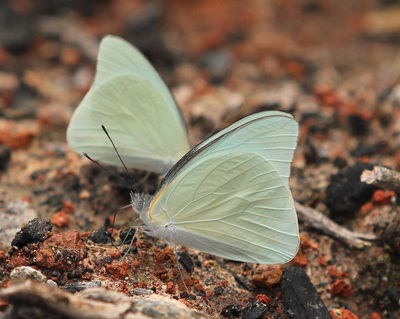
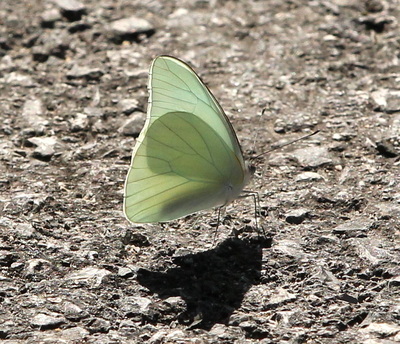
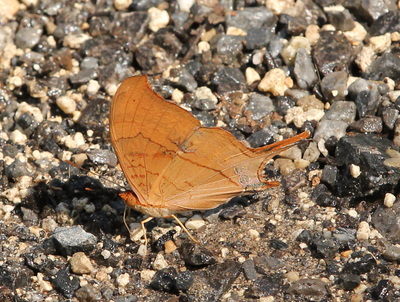
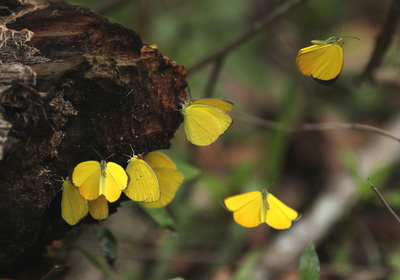
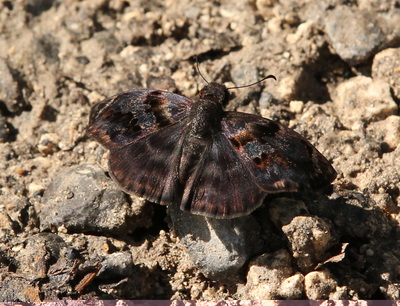
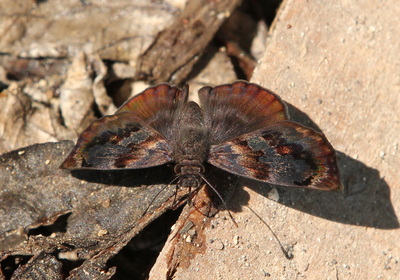
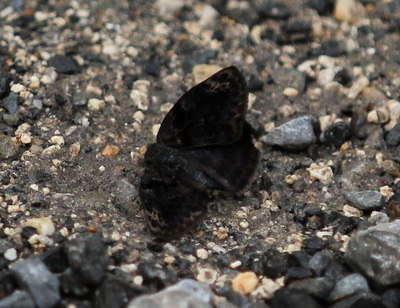
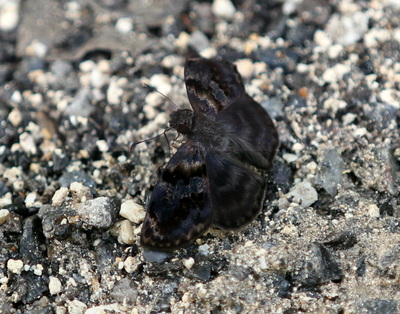
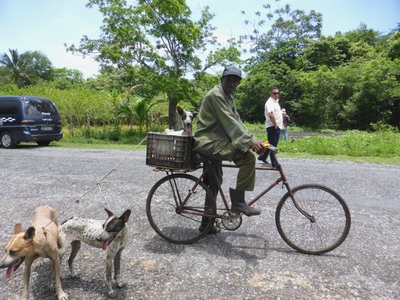
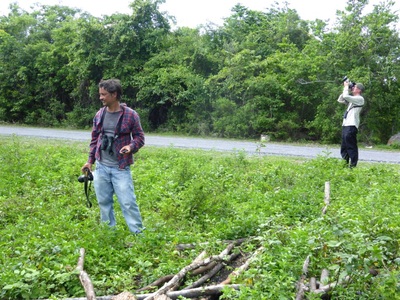
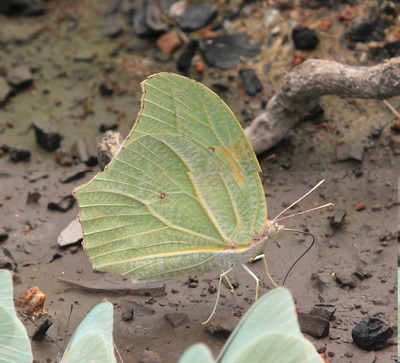
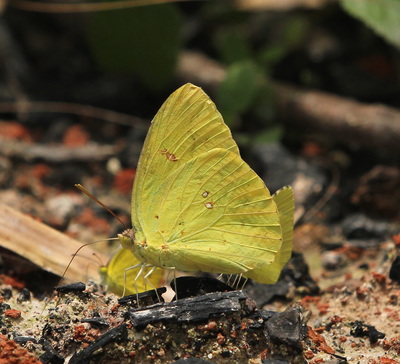
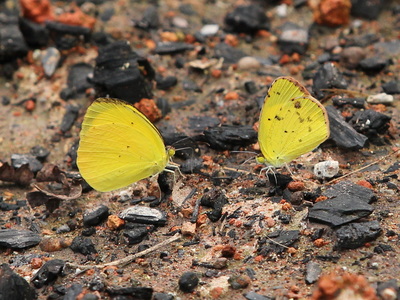
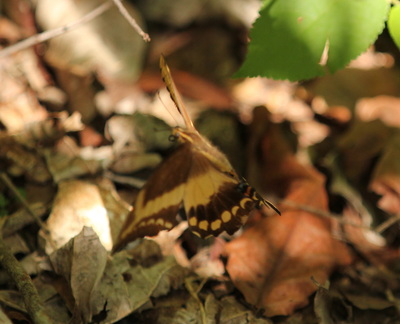
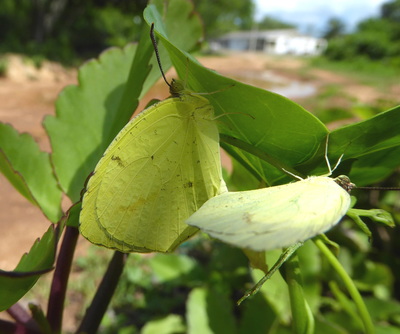
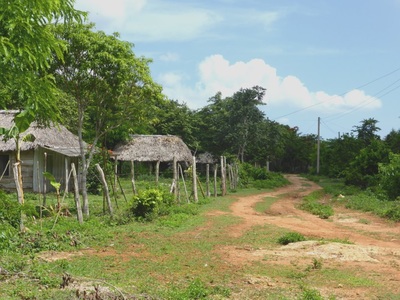
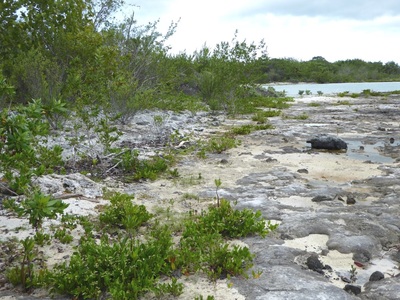
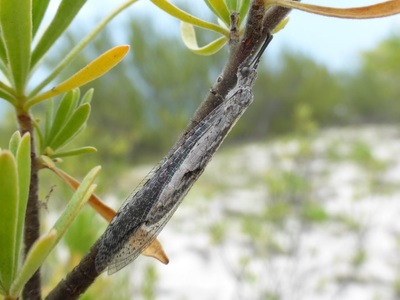
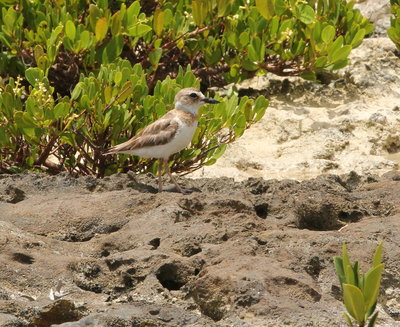
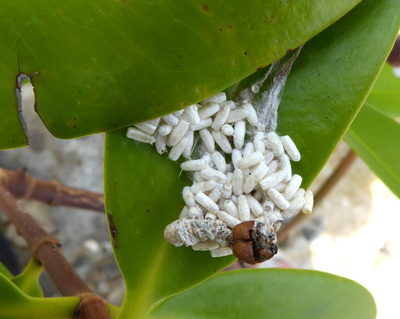
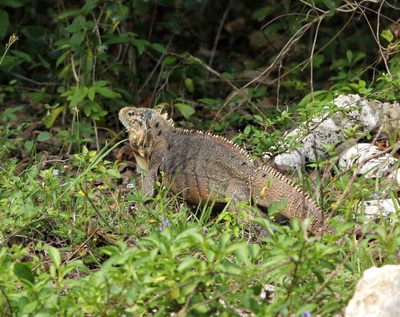
 RSS Feed
RSS Feed